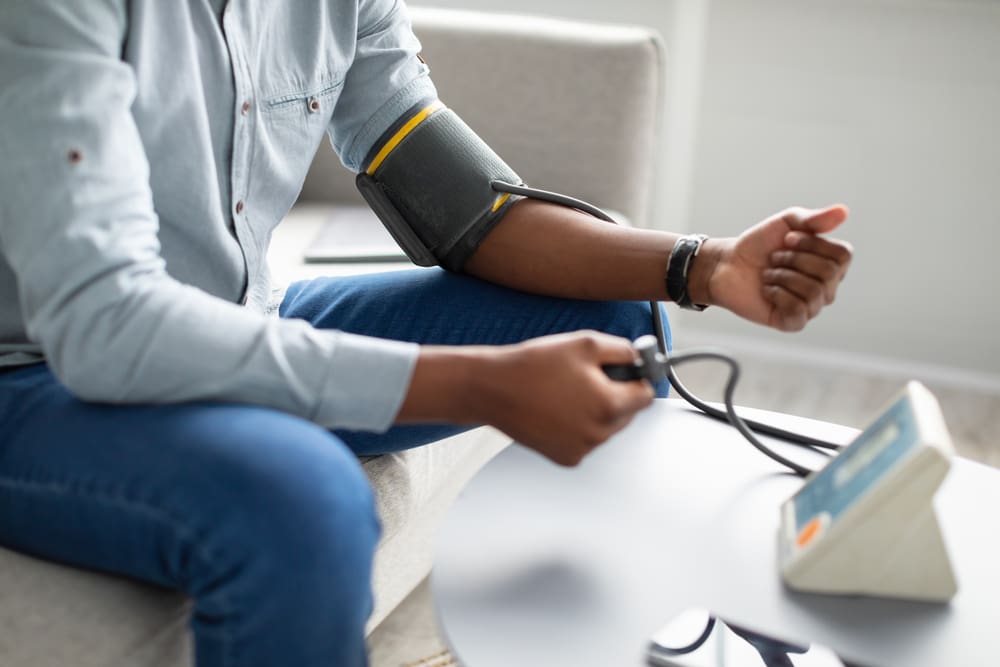A transient ischemic attack, commonly called a mini-stroke, has traditionally been viewed as a brief, temporary event. Physical symptoms typically vanish within 24 hours, leading many to underestimate its long-term impact. However, groundbreaking research published yesterday in Neurology challenges this perception, revealing that 6 in 10 patients experience persistent fatigue that can last up to a year following these seemingly minor events.
The Danish study tracked 354 mini-stroke survivors, documenting a stubborn and often overlooked aftereffect that significantly impacts quality of life long after the obvious physical symptoms have disappeared.
The lingering shadow of mini-strokes
When someone experiences a mini-stroke, blood flow to the brain is temporarily blocked. Traditional symptoms include face drooping, arm weakness and slurred speech – all of which typically resolve within a day. This rapid recovery often creates the illusion that patients have returned to normal health.
The reality appears far more complex. Researchers from Aalborg University Hospital in Denmark followed participants, whose average age was 70, for a full year after their mini-strokes. The results reveal a persistent pattern of fatigue that challenges our understanding of these events.
The study found that 61% of participants reported significant fatigue within two weeks of their mini-stroke. More troubling was the discovery that this exhaustion persisted in 54% of patients at the three-month, six-month, and even twelve-month checkpoints.
5 dimensions of post-stroke fatigue measured
Researchers employed a comprehensive approach to measure fatigue, examining five distinct dimensions:
- Overall tiredness
- Physical fatigue
- Reduced activity levels
- Decreased motivation
- Mental exhaustion
Using a scale from 4 to 20, with higher scores indicating greater fatigue, patients initially averaged 12.3 points shortly after their mini-strokes. While this score gradually decreased to 11.1 after twelve months, the improvement was minimal, suggesting that fatigue becomes a chronic condition for many.
Patients scoring 12 or higher were classified as experiencing significant fatigue – a threshold that over half the participants continued to meet throughout the entire year-long study period.
The mental health connection
Perhaps the most revealing finding concerns the relationship between mental health and post-stroke fatigue. The study uncovered that previous anxiety or depression was twice as common in participants who developed long-term fatigue following their mini-strokes.
This correlation suggests an important intersection between mental health and neurological recovery that warrants further investigation. It may also provide a valuable predictive factor that could help medical professionals identify which patients are at highest risk for developing chronic post-stroke fatigue.
Medical imaging provides few answers
Researchers conducted brain scans on participants, hoping to identify physical markers that might explain the persistent fatigue. Interestingly, the presence of blood clots on these scans appeared equally in both fatigued and non-fatigued groups, offering no clear physiological explanation for the differing outcomes.
This suggests that the mechanisms underlying post-stroke fatigue may be more complex than previously thought, potentially involving factors beyond what current imaging technology can detect.
The need for extended monitoring
The study makes a compelling case for extending the monitoring period for mini-stroke patients. Current protocols often focus primarily on the immediate recovery phase, with follow-up centered on preventing future strokes rather than addressing quality-of-life issues like fatigue.
The researchers suggest that assessment for fatigue should become a standard part of post-TIA care. By identifying patients experiencing early fatigue symptoms, particularly those with pre-existing anxiety or depression, healthcare providers could potentially intervene earlier and more effectively.
Such monitoring could not only improve patient outcomes but also deepen our understanding of the recovery process following these neurological events.
Implications for treatment approaches
This research challenges the medical community to reconsider how mini-strokes are conceptualized and treated. Rather than viewing them as isolated, temporary events, the evidence suggests they may trigger ongoing physiological processes that manifest as persistent fatigue.
Treatment approaches may need to evolve to address these longer-term effects. Potential strategies could include earlier fatigue screening, targeted interventions for high-risk patients, and greater attention to the mental health aspects of recovery.
For patients and families navigating the aftermath of a mini-stroke, this research provides validation that lingering fatigue represents a real medical issue rather than an imagined or exaggerated complaint.
Study limitations and future research
The researchers acknowledged certain limitations in their methodology. While participants were instructed to complete questionnaires independently, some may have received assistance from relatives or caregivers, potentially influencing their responses about fatigue levels.
Future research will likely explore whether specific interventions can effectively reduce post-stroke fatigue and whether early treatment of this symptom improves long-term quality of life for survivors.
What remains clear is that mini-strokes deserve to be taken more seriously, not just as warning signs for future strokes but as events with potentially lasting consequences of their own.
As our understanding of these complex neurological events continues to evolve, so too should our approaches to treatment, monitoring and support for the thousands of patients who experience them each year.















